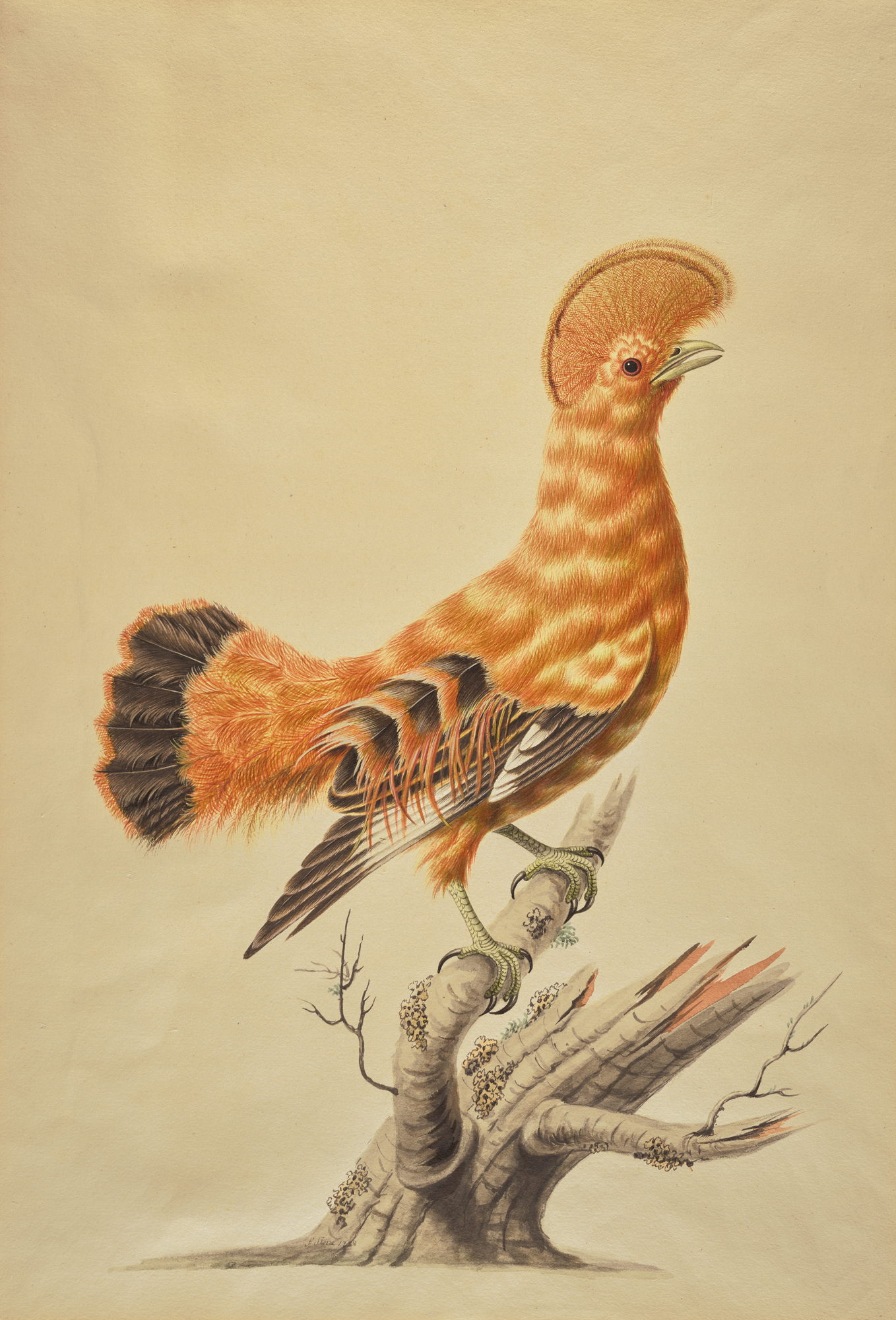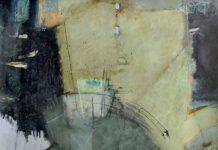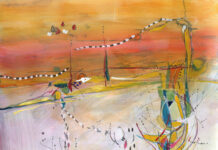The J. Paul Getty Museum is presenting “Finding an Audience: Nineteenth-Century Drawings,” an exhibition that highlights the intended audiences for works on paper produced by 19th-century European artists.

Presenting works from the Getty Museum’s collection by Edgar Degas, Gustav Klimt, JMW Turner, and more, the exhibition is on view at the Getty Center through January 7, 2024.
Featuring nearly 40 drawings with compelling compositions and often a rich use of color, the exhibition asks visitors to consider: Who originally got to see these extraordinary works of art?
“While many drawings and watercolors were made simply as sketches, this exhibition highlights those produced as finished works of art. Some were intended to impress at an exhibition or to be cherished by collectors, while others were treasures given to friends or family members,” says Julian Brooks, senior curator of drawings at the Getty Museum. “Today’s audiences will no doubt be dazzled by them and intrigued by their stories.”
The exhibition showcases several “exhibition watercolors,” a genre that surged in popularity in the 19th century. Often large and ambitious, these watercolors could hold their own alongside oil paintings. An example is John Martin’s Destruction of Pharaoh’s Host, one of his powerful neo-apocalyptic landscapes.

“Exhibition watercolors” are paralleled with works destined for private collectors, including Albert Dubois-Pillet’s The Banks of the Marne at Dawn, which he signed at the lower right, indicating he likely intended to sell it or give it to a collector. The exhibition features a magnified, 10-by-10-foot version of the colorful watercolor, offering a rare opportunity to study Dubois-Pillet’s pointillist technique up close.
Another French artist, Théodore Géricault, suffered from disease and injuries from repeated horse riding accidents and could no longer create large paintings. To generate an income, he produced watercolors that could easily be sold to collectors, like The Giaour, which depicts the hero of an epic poem by Lord Byron and is included in the exhibition.

Two vibrant watercolors of birds by British artist Sarah Stone, Cock of the Rock (shown at top) and Indian Roller, also shine in the exhibition. Stone was a self-taught artist and successfully sold many such works to a small group of private patrons.
Celebrate the power and endurance of watercolor at next year’s Watercolor Live!







